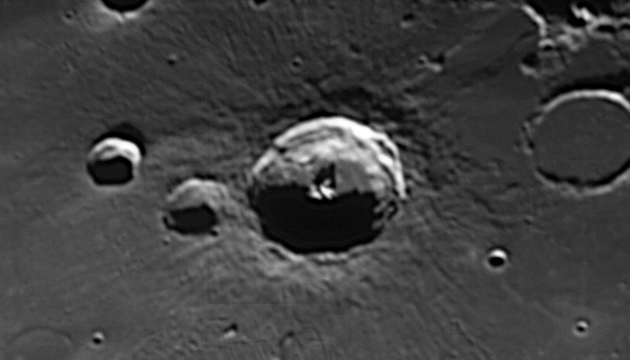
Sitting on the couch in the family room the other night, my eye caught a bright light shining in through the window: the moon, almost full, rising over the hills east of our house.
Remember the moon? There’s been so much news coming from more distant reaches of our solar system lately: from spacecraft like the Mars rovers Curiosity and Opportunity on their geologic expeditions on the red planet; Cassini wheeling about the Saturn system; New Horizons getting ready for its historic flyby of Pluto next year; and even 30+ year veteran Voyager 2, recently announced to have, at long last, crossed the boundary of the solar system, the plasma “membrane” imposed by the sun’s solar wind as it pushes against the gases of interstellar space.
But the moon often seems like an ancient relic of space exploration, that dusty, dry, airless ball of rock and soil that we visited decades ago and have since left alone—possibly because we found nothing there but dust, rock, and soil?
Not so fast. Lately, the moon has begun to reveal a new face, fresh facets of fascination that are making us reconsider it not as Earth’s closest, but dead, partner in space, but as a world of subtle character with mysteries that still surprises us.
One of those surprising finds is water. An experiment performed in 2009 by NASA’s LCROSS (Lunar Crater Observation and Sensing Satellite) mission revealed the presence of significant amounts of water ice deposits in the perpetually shaded floors of Cabeus Crater at the Moon’s South Pole. LCROSS bombarded the crater floor with a large impacting spacecraft—the upper stage of the rocket that took it to the Moon—and in the plume of dust that was kicked up water vapor was detected.